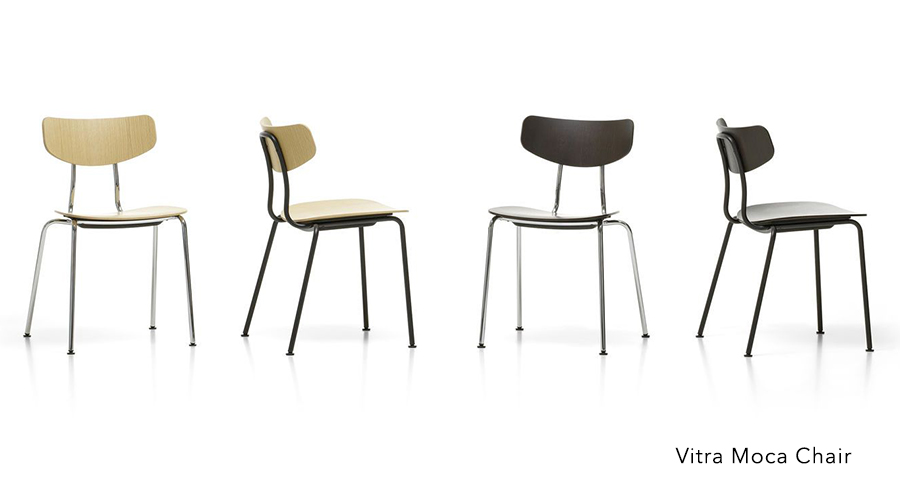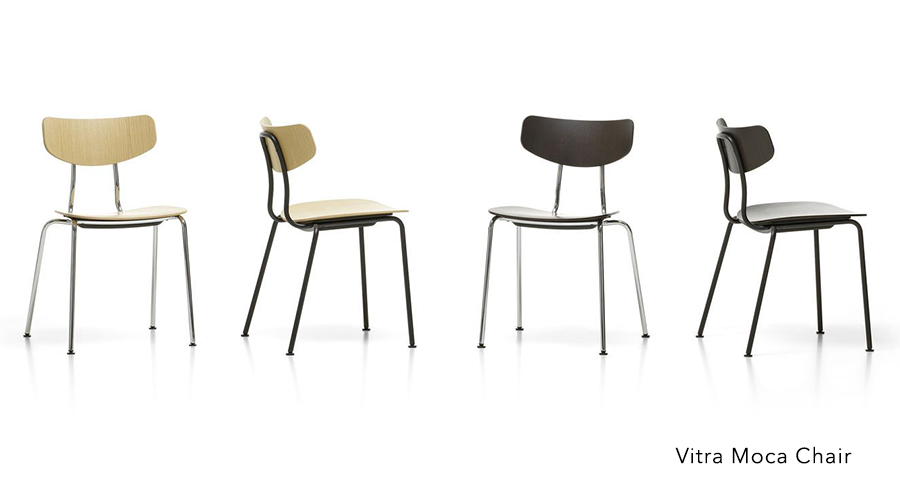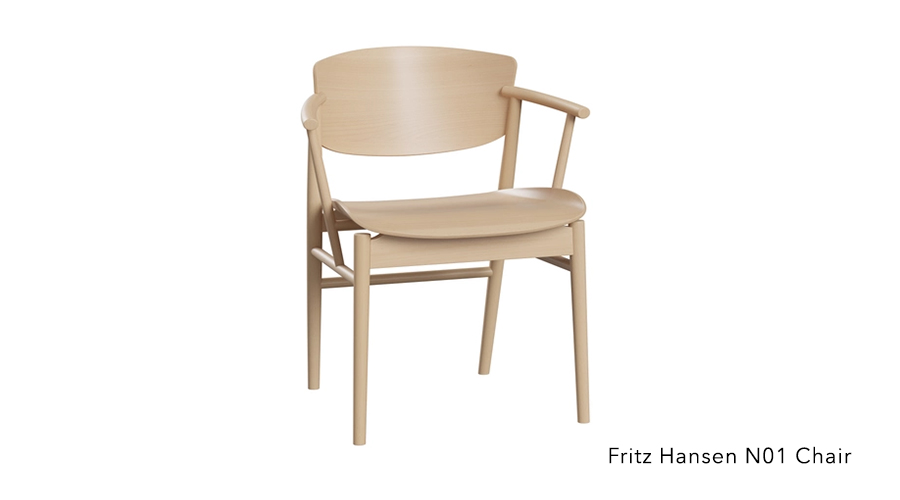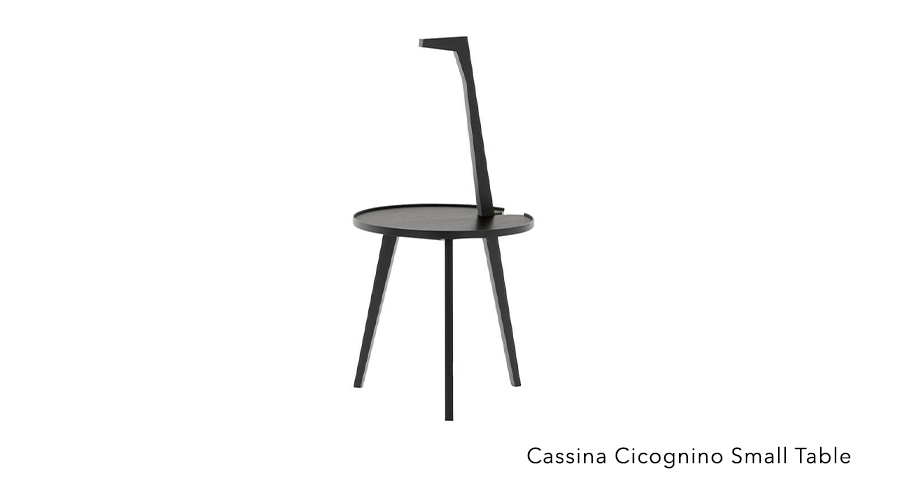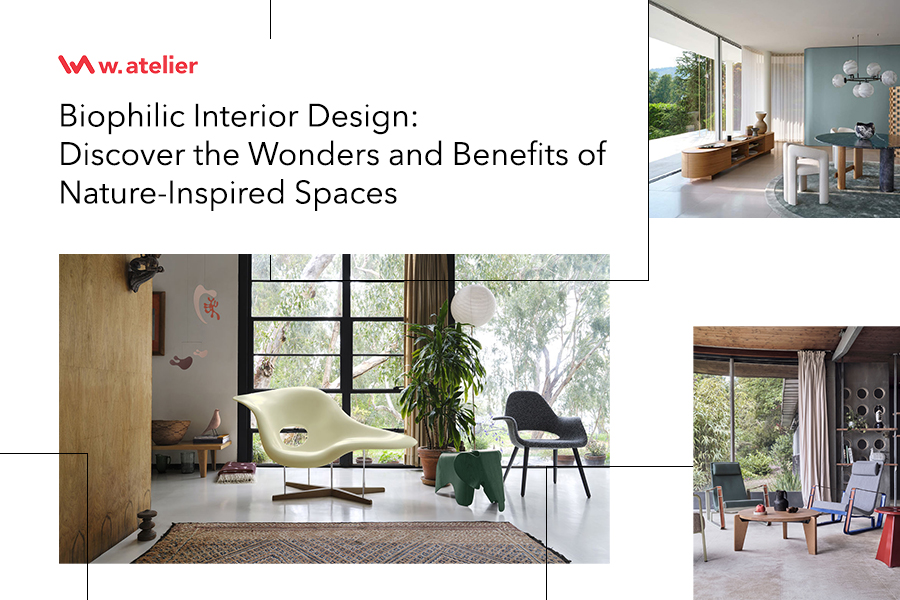
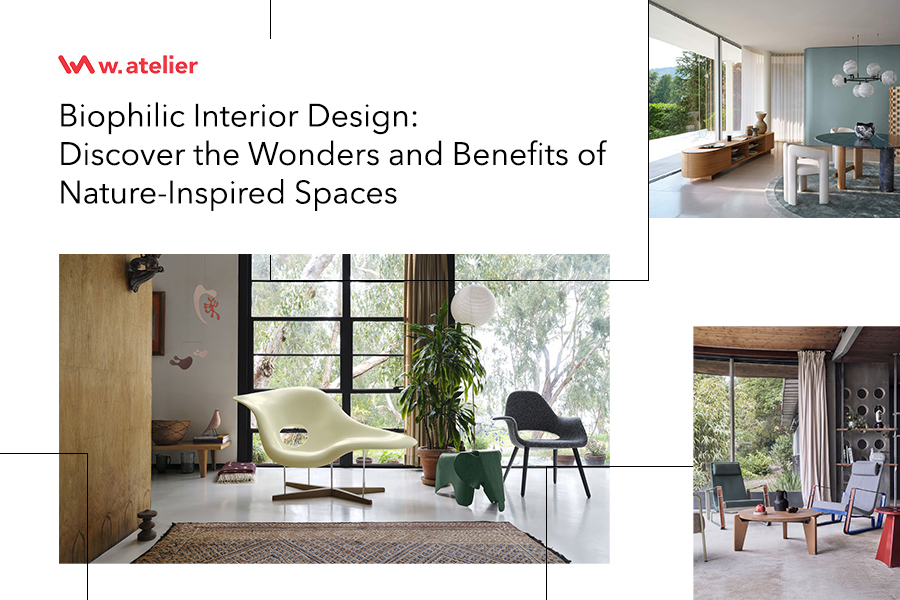
People tend to rush forward, so some find solace in looking back — to the embrace of nature, where our roots intertwine with design. Step into a realm where walls breathe and greenery thrives. Step into the world of biophilic interior design, where we unravel the wonders and bask in the benefits of nature-inspired spaces.
Biophilic interior design brings the beauty and serenity of nature into our living spaces. It's more than just a design trend; it's a philosophy that harmonises our environments with the natural world's rhythms.
Understanding Biophilic Design: Bringing Nature Indoors
In a fast-paced world dominated by technology and urban landscapes, the need for a deeper connection with nature has never been more pressing. Enter biophilic design, a concept that seeks to bridge the gap between our built environment and the natural world.
At its core, biophilic design is an approach that seeks to incorporate nature into our living spaces. It's about creating environments that evoke the sense of being outdoors, even when walls surround us. This concept recognises that humans have an inherent affinity for nature and that being surrounded by natural elements can enhance our physical, mental, and emotional well-being.
The Three Pillars of Biophilic Design
Biophilic design rests upon three pillars, each representing a fundamental principle that guides the creation of spaces that can help stimulate the senses.
- Direct Experience of Nature: This pillar focuses on incorporating tangible elements of nature into our environments. It includes using plants, natural materials like wood and stone, water features, and natural light.
- Indirect Experience of Nature: This aspect involves creating environments that evoke the feeling of being in nature, even if we're physically indoors. It can be achieved through images, patterns, and materials that mimic natural elements.
- Nature of the Space: This pillar considers a space's overall layout and design. It involves creating environments that promote a sense of connectivity, whether through open floor plans, views of nature, or strategically placed elements that draw our attention to the outdoors.
Key Elements of Biophilic Design
- Natural Light: Maximising access to natural light is a crucial element of biophilic design. It reduces the need for artificial lighting and helps regulate our circadian rhythms, leading to better sleep and overall well-being.
- Indirect Experience of Nature: Incorporating greenery into our spaces adds visual appeal, improves air quality, reduces stress, and enhances our connection to nature.
- Natural Materials: Using wood, stone, and natural fabrics brings a tactile connection to the natural world. These materials add warmth and authenticity to a space.
- Views of Nature: Providing views of natural elements, whether a garden, park, or body of water, can have a calming and rejuvenating effect on occupants.
- Water Features: The sound and sight of water, whether in a fountain, pond, or waterfall, can create a soothing and tranquil atmosphere.
So, as we embark on this journey, remember that lounge chairs can be your passport to well-being. And that relaxation is more than a luxury—it's a necessity.
; Understanding the principles and elements of biophilic design can transform our living spaces into sanctuaries that nurture our well-being and foster a deeper connection to the natural world.The Science Behind Biophilia: Nurturing the Innate Connection to Nature
Biophilia, coined by renowned biologist E.O. Wilson, refers to the innate and instinctive bond between humans and the natural world. This profound connection has deep roots in our evolutionary history, and understanding its scientific underpinnings can illuminate the transformative power of biophilic design.
Biophilia: A Natural Connection
Biophilia speaks to our inherent affinity for nature. It's an intuitive understanding that we are not separate from the natural world but rather an integral part of it. This connection is woven into the fabric of our biology, shaping our preferences, behaviours, and mental health.
Our interactions with nature have dwindled in a world increasingly characterised by urbanisation. Yet, studies consistently demonstrate that even brief encounters with natural environments can positively affect our mood and cognitive function.
Understanding the dynamics of human-nature interaction can inform the design of spaces that seamlessly integrate nature, fostering a more harmonious and enriching environment.
Stress Reduction and Well-being
Nature can remarkably alleviate stress and promote a sense of well-being. Exposure to natural settings has been shown to lower cortisol levels, reduce heart rate, and induce a state of relaxation. Incorporating elements of nature into our surroundings can act as a powerful buffer against the stresses of modern life.
Cognitive Benefits
Nature has a profound impact on cognitive function. Studies have revealed that spending time in natural settings can enhance attention, concentration, and problem-solving abilities. Infusing our environments with natural elements can create spaces that support mental clarity and creativity.
Air Quality and Indoor Plants
Indoor air quality is an important factor in our overall health and well-being. Incorporating plants into interior spaces enhances aesthetics and acts as natural air purifiers, filtering out toxins and improving air quality.
Natural Light and Circadian Rhythms
Exposure to natural light is vital in regulating our circadian rhythms, which govern our sleep-wake cycle. Maximising access to natural light in our living spaces can align our internal clocks with the natural world, leading to better sleep quality and overall physical health.
The science behind biophilia provides compelling evidence of nature's impact on our well-being. Understanding the biological and psychological foundations of biophilia can help us design spaces that nurture our physical and mental health.
Creating Environments that Breathe
In biophilic design, the art lies in seamlessly integrating nature into the very bones of our built environment. It isn't just about adding plants or incorporating natural materials; it's about architecturally weaving it into the fabric of our spaces.
Biophilic Principles in Architecture
Architectural design is the canvas upon which the story of biophilia unfolds. It's about crafting spaces that speak the language of nature and evoke a deep understanding of connection. From the graceful arches reminiscent of tree branches to the strategic placement of windows framing natural vistas, every element is deliberate, inviting the outdoors in.
Blurring Indoor-Outdoor Boundaries
In the pursuit of biophilic design, the line between indoor and outdoor spaces becomes fluid, inviting a seamless flow between the two realms. Large glass windows that open up to gardens, retractable walls that dissolve barriers, and terraces that extend living spaces - these design choices create an immersive experience where nature is an integral part of the interior.
Atriums, Courtyards, and Green Roofs
Atriums and courtyards serve as verdant heartbeats within architectural designs. They offer sanctuaries of green amidst urban landscapes, providing spaces for reflection, relaxation, and connection with nature. Green roofs, adorned with lush vegetation, provide visual delight and contribute to energy efficiency and environmental sustainability.
Integrating Water Elements
With its gentle ripples and soothing symphony, water brings a sense of serenity to any space. Fountains that dance in the sunlight, ponds reflecting the sky's canvas, and waterfalls that serenade with their melodies elevate the sensory experience, creating a tranquil oasis within the confines of walls.
Creating a Soothing Aquatic Atmosphere
The presence of water isn't merely aesthetic; it's therapeutic. The sound and sight of water are known to have a calming effect on the human psyche. We invite a sense of peace and tranquillity into our environments by crafting spaces that emulate the ambience of a gentle stream or a serene pond.
Soundscapes of Nature
Nature's symphony, composed of birdsongs, cascading water, and rustling leaves, carries a profound emotional resonance. Introducing these sounds into our spaces can evoke serenity, grounding, and vitality. By incorporating nature's soundscapes, we infuse our environments with an organic ambience that resonates with our inner harmony.
Using Sound to Enhance Ambiance
Strategically placing sound elements can enhance the overall ambience of a space. Consider the soft gurgle of a fountain in a meditation room or the rhythmic rustling of leaves in a reading nook. These carefully curated sounds enrich the sensory experience and cultivate a deeper connection with nature.
Designing with nature is an art form that transcends aesthetics; it's about nurturing our innate connection to the natural world. Learn to integrate biophilic principles in architecture, blending elements that blur the boundaries between indoors and outdoors.
Balancing Aesthetics and Functionality
Balancing aesthetics and functionality is a key principle in biophilic design. Here's how this balance is achieved:
- Natural Aesthetics: Biophilic design draws inspiration from nature, incorporating elements like raw materials, textures, and colours. These elements enhance the visual appeal of a space and evoke a sense of tranquillity and connection to the natural world.
- Purposeful Placement: Each element, whether a piece of furniture, a plant, or a water feature, is strategically placed to serve a purpose. Arranged furniture creates functional zones while ensuring it complements the overall aesthetic.
- Multi-sensory Experience: Biophilic design engages multiple senses. Furniture choices consider not only how they look but also how they feel and even how they might contribute to the acoustics of a space. For instance, soft textures and ergonomic designs add a tactile dimension to the experience.
- Flexibility and Adaptability: Furniture in biophilic spaces is chosen for its adaptability. Pieces may serve multiple functions, offering versatility in a room's use. For instance, modular furniture can be rearranged to create different layouts.
- Integration with Nature: Furniture often incorporates natural materials like wood, stone, and organic fabrics. These materials not only contribute to the aesthetics but also create a sensory connection to the natural world.
- Spatial Flow and Layout: Furniture choices influence the flow of a space. Biophilic design often emphasises open, fluid layouts that allow for easy movement and a sense of connectivity with the environment.
- Sustainable and Eco-friendly Choices: Aesthetic appeal in biophilic interior design isn't limited to appearance. It also extends to the sustainability and eco-friendliness of materials and furniture choices. It ensures that the design looks good and contributes positively to the environment.
- Harmony with Surroundings: Furniture should harmonise with the overall design and the natural elements in the space. It should feel like a cohesive part of the environment rather than an isolated element.
Every element serves a purpose, merging nature's beauty with our living spaces' functionality. Furniture, as both art and utility, plays a pivotal role in striking the delicate balance between aesthetics and functionality.
Why Furniture Matters
Well-chosen furniture defines the layout of a space, allowing for natural movement and an unobstructed flow. It shapes how occupants interact with their environment. It also establishes the visual tone of a room. Whether a sleek, modern design or a rustic, organic piece, it sets the overall mood and style.
Biophilic design seeks to seamlessly blend nature into interiors. Furniture choices can further this connection, with natural materials and organic shapes mirroring the outdoors.
Here are some furniture pieces you can include when making a biophilic space:
Vitra Moca Chair
The Moca Chair is a work of art, marrying sculptural elegance with ergonomic excellence. Its sinuous curves and organic form echo the natural world, inviting visual and physical comfort into your space. Crafted with precision, it exemplifies the marriage of aesthetics and functionality.
Vitra Hal Wood Chair
Crafted from natural wood, the Hal Wood Chair embodies the timeless allure of organic materials. Its minimalist design is a testament to the harmonious fusion of form and function. Beyond its visual appeal, the ergonomic contours ensure comfort, making it a versatile piece that seamlessly integrates into biophilic environments.
Fritz Hansen Ikebana Vase
The Ikebana Vase transcends its utilitarian function, embodying the artistry of nature-inspired design. Made from mouth-blown glass, its graceful form serves as a canvas for floral arrangements, evoking the tranquillity of a Japanese garden.
Fritz Hansen N01 Chair
The N01 Chair is a masterpiece of modern design, seamlessly blending organic curves with contemporary lines. Its visual appeal is matched only by its ergonomic excellence, offering both comfort and style. This chair exemplifies how furniture can elevate a space's aesthetics and functionality.
Cassina Cicognino Small Table
Known as the ‘little stork’, the Cicognino Small Table is a testament to the organic charm of natural wood. Its minimalist design allows the wood's grain to take centre stage, providing a canvas for nature-inspired decor. This piece serves as a functional table and an artistic expression of biophilic interior design because of its phenolic plywood panel and iconic design.
Cassina Sengu Table
The Sengu Table exudes an aura of serenity and balance. Its clean lines and green porcelain stoneware top finish evoke the tranquillity of a Zen garden. This table embodies the seamless integration of nature-inspired aesthetics with functional design.
These carefully curated pieces exemplify the transformative power of well-chosen furnishings. Investing in furniture that marries form and function enhances your space's visual appeal and creates an environment that nurtures well-being and connection with the natural world.
Choosing Biophilic Pieces from W Atelier
In pursuing biophilic interior design, we've unearthed a treasure trove of wisdom that celebrates our innate connection to the natural world.
Through the seamless integration of elements inspired by nature, we have transformed spaces into sanctuaries, breathing life and vitality into every corner. The wonders and benefits of this approach extend far beyond the visual; they resonate with our senses, nurture our well-being, and create an environment where life flourishes.
And when it comes to manifesting the essence of biophilic design, the choice of furniture becomes paramount. W Atelier offers pieces that transcend mere functionality. Each one is a symphony of craftsmanship and nature-inspired aesthetics, curated to harmonise with biophilic principles.
As you embark on your biophilic journey, keep in mind that every choice matters. The pieces you select become more than furniture; they become conduits of nature's embrace, weaving a tapestry of well-being, beauty, and harmony in your living space.
With W Atelier Furniture, you're not just adorning your environment but creating a sanctuary where nature and design merge in perfect unity.
Find the biophilic pieces to add to your home at W. Atelier.

